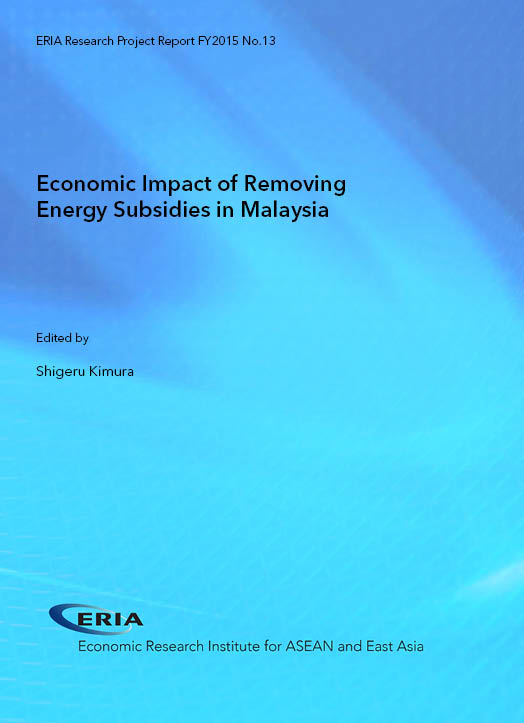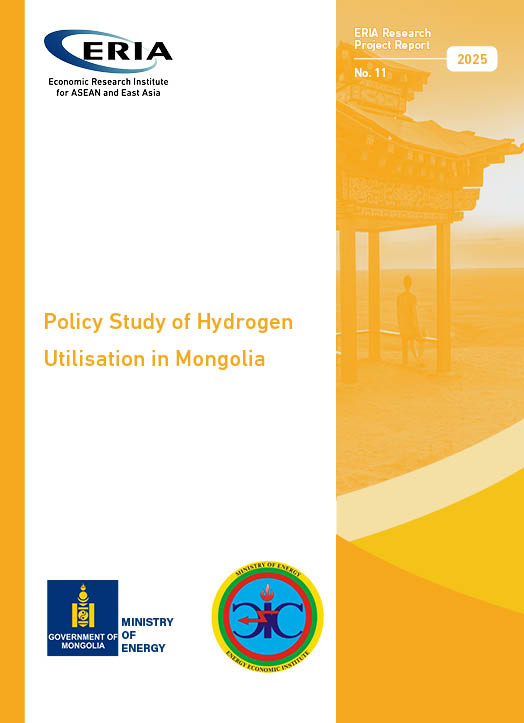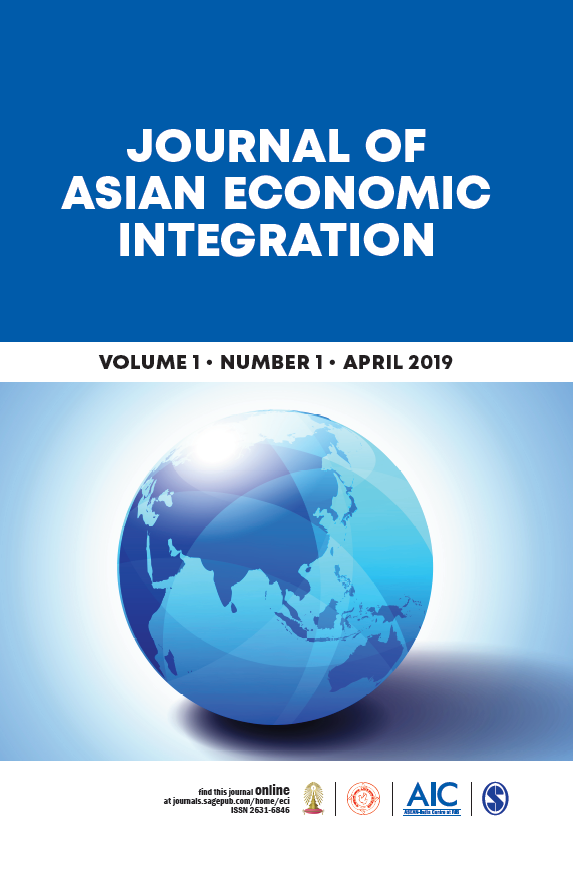Economic Impact of Removing Energy Subsidies in Malaysia

Date:
27 October 2016Category:
Malaysia, Energy, Finance and MacroeconomyType:
Research Project ReportsTags:
Macroeconomy, EnergyPrint Article:
The share of demand for fossil-fuel based energy (i.e. coal and oil) in Malaysia will remain the largest in 2035. This significant demand is largely driven by the stable economic growth as well as the energy prices that are kept low by its energy subsidy policy across sectors. While it is widely acknowledged that subsidy encourages overconsumption and inefficient resource allocation, subsidy reforms will bring structural changes at all economic levels. Therefore, the effects of fuel subsidy removal need to be simulated to help government formulate mitigating measures to cushion the effects on most affected sectors. This research is divided into two parts: the first part estimates the price impact on industry subsectors as an offshoot of energy subsidies removal by applying 2010 Malaysian Input-Output Table; the second part measures the economic impact of removing energy subsidies using a Malaysian macroeconomic model.
Full Report
Contents
1.1. Introduction
1.2. Data and Methodology
1.3. Study Result
1.4. Conclusion
References & Appendices (Part I)
Part II Economic Impact of Removing Energy Subsidies: A Quantitative Analysis
2.1. Introduction
2.2. Methodology for Analysis
2.3. Impacts via Three Paths
2.4. Overall Economic Impact
2.5.Conclusion and Implications
References & Appendices (Part II)




